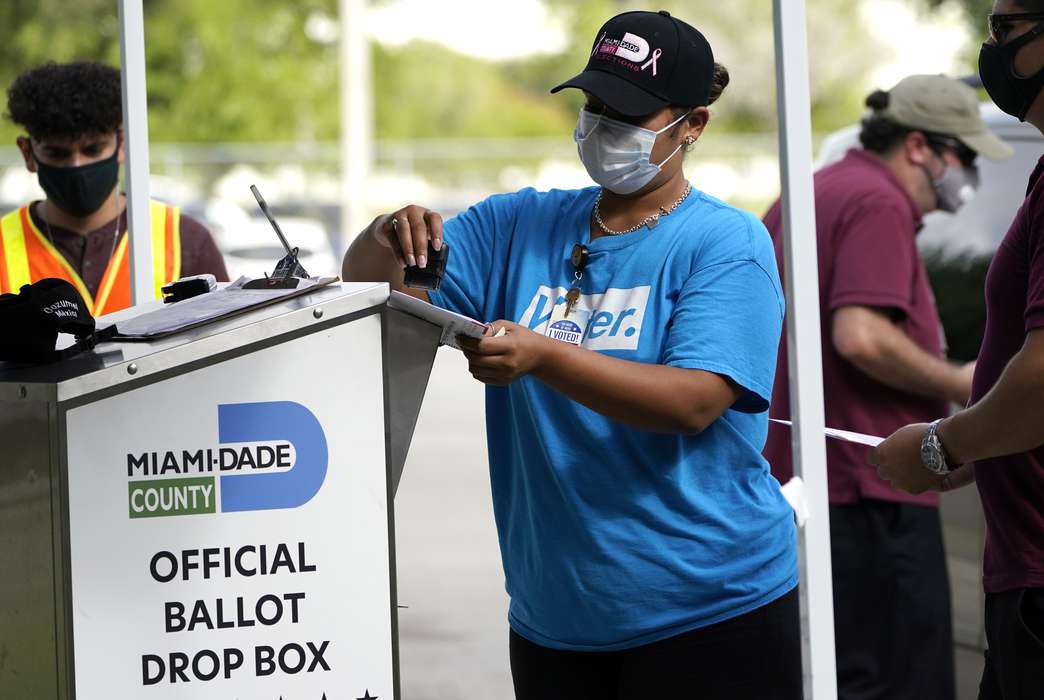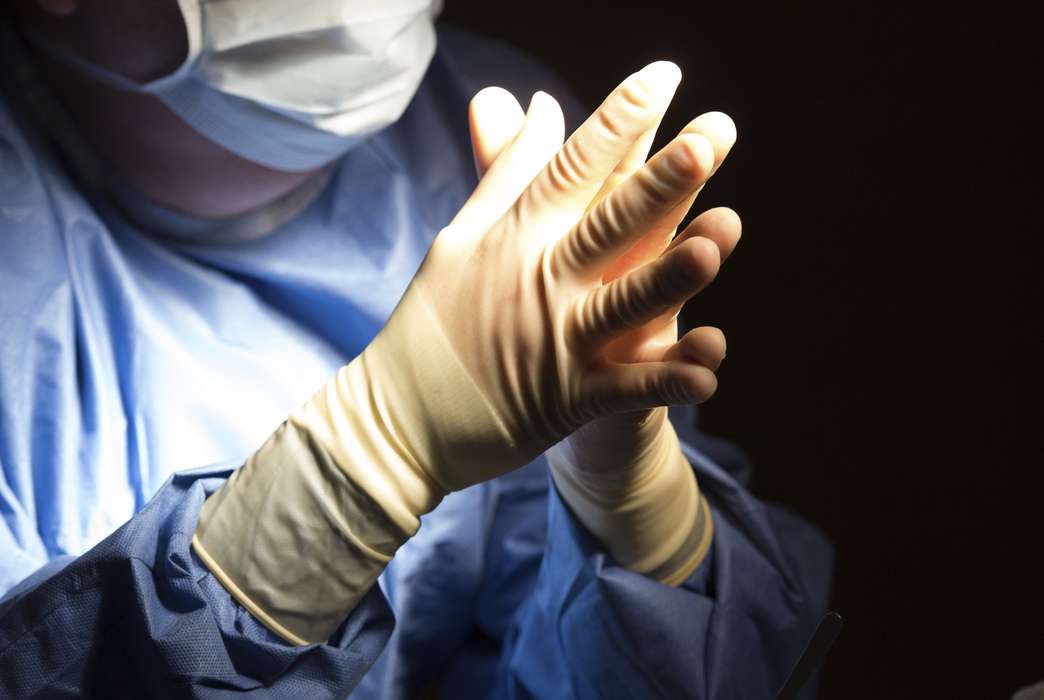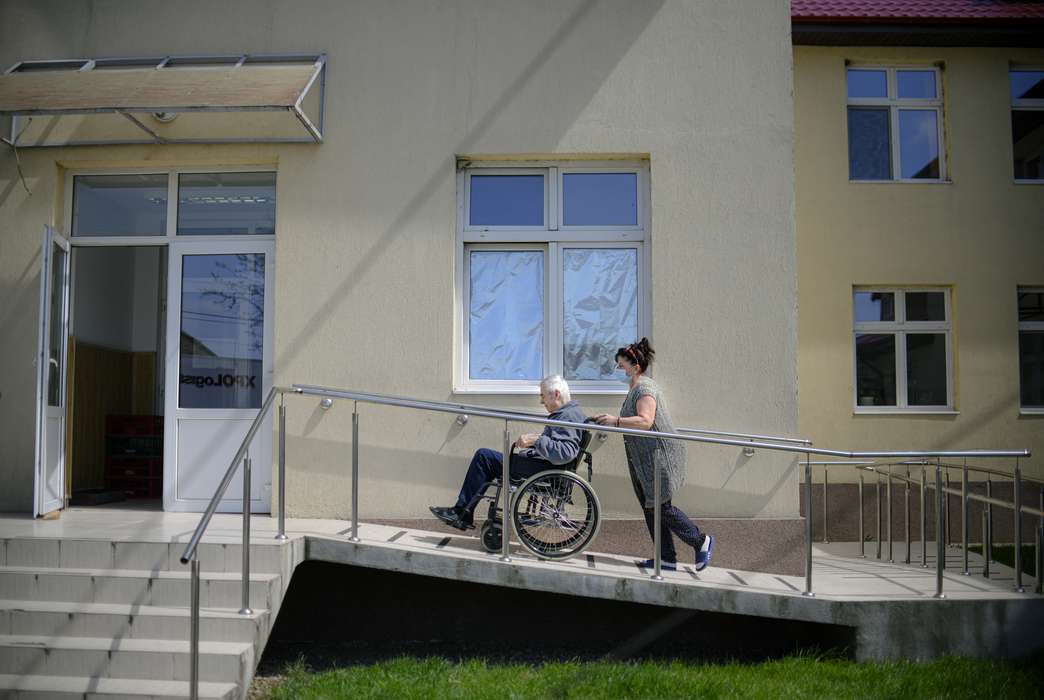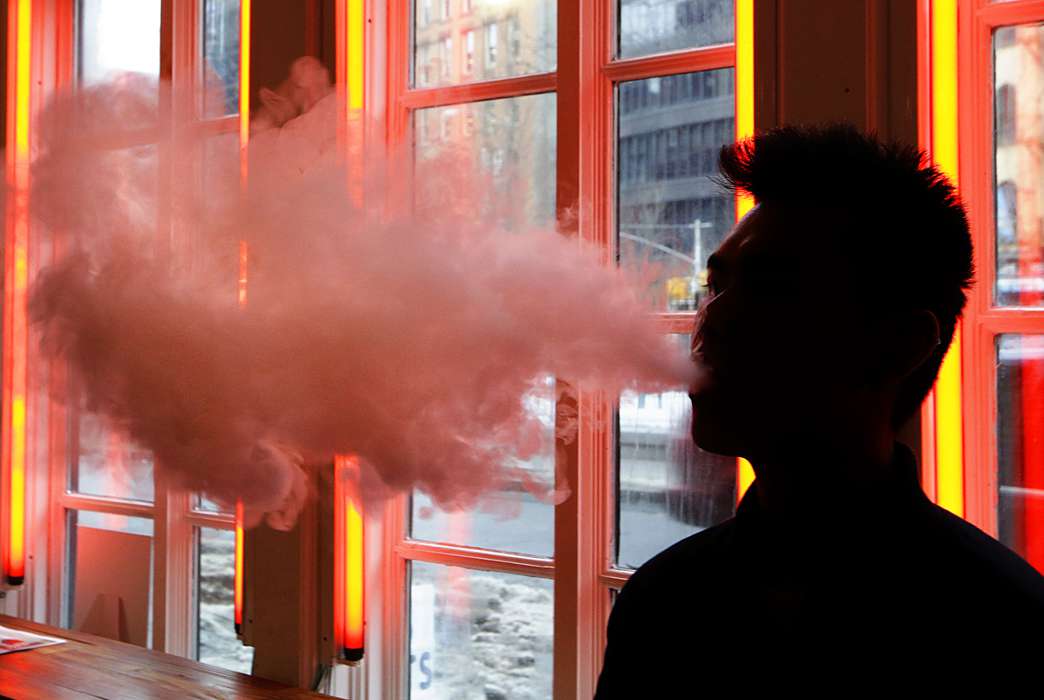Smoking cigarettes linked to more severe COVID-19 infections
A smoker bends forward to light a cigarette. (Sajjad Zabihi, Unsplash)
Exposure to cigarette smoke intensifies the severity of COVID-19 infections, researchers found, in one of the first studies directly tying smoking to increases in viral load in cells.
In a study published Dec. 3 in Cell Stem Cell, a team led by researchers at UCLA presented some of the first cell-level evidence for a link between smoking and more serious COVID-19. As part of their work, researchers recreated the upper part of the lungs with healthy airway stem cells. They exposed three different samples to cigarette smoke, COVID-19 or both, holding an unexposed fourth as control.
When put in contact with the deadly virus, cell samples exposed to the tobacco-laced smoke had a viral load two to three times higher than the non-smoking samples. It was a “very, very clear, very reproducible” result, said Brigitte Gomperts, a UCLA associate professor of pediatrics and pulmonary medicine and a senior author of the paper.
“It's always a good time to stop smoking, but this is a particularly good time,” Gomperts said.
Despite the well-known harms of tobacco on the respiratory system, there is a paucity of study directly exploring connections between smoking and COVID-19, a respiratory disease. A review of existing research by the World Health Organization in late June found that “smoking is associated with increased severity of disease and death in hospitalized COVID-19 patients,” although it could not quantify the risk created by smoking and noted the poor quality of some hospital data.
The UCLA-led research team speculated that cigarette smoke weakened the cell immune responses and made them more susceptible to COVID-19 infection. Using single-cell RNA sequencing, they found that smoke-exposed cells produced antiviral interferons at a slower rate than non-exposed cells after being introduced to the coronavirus. Cells exposed only to the coronavirus showed a stronger interferon response.
There is potential for counteracting the response using interferon-based therapy, but the option is not promising, according to the researchers.
When interferons were added to other cell samples exposed to smoke and COVID-19, zero cells became infected. However, the U.S. National Institutes of Health in August recommended against treating patients suffering from severe COVID-19 with interferons, citing no benefit in similar patients of other coronavirus infections such as SARS and MERS as well as “significant toxicities that outweigh the potential for benefit.”
“I think the jury is still out about interferon as a possible therapeutic,” said Gomperts, who has been studying lung regeneration and repair from lung stem cells for more than 15 years.
“I think it will be difficult to give it particularly to elderly patients, who may have other medical issues. I'm hesitant to say that it would be good therapeutic because of all the side effects.”
Gomperts said her research has received pushback from a “pro-tobacco lobby." Some early studies suggested that smokers were underrepresented among COVID-19 patients and explored possible mechanisms, although they contradict the WHO research review from June.
Health-care systems have been overwhelmed by the pandemic and may not be reliably collecting data on patients’ smoking histories, the researcher said.
The study was conducted with basal airway stem cells from non-smokers, which were exposed to cigarette smoke for three minutes per day for four days before being tested. The results are most applicable to “current smokers” and are not indicative of effects for long-term heavy smokers or people who have quit the habit, Gomperts said.
The article, “Direct Exposure to SARS-CoV-2 and Cigarette Smoke Increases Infection Severity and Alters the Stem Cell-Derived Airway Repair Response,” was published Dec. 3 in Cell Stem Cell.
The authors of the study were Arunima Purkayastha, Chandani Sen, Gustavo Garci Jr., Justin Langerman, David Shia, Luisa Meneses, Preethi Vijayaraj, Abdo Durra, Caroline Koloff, Delilah Freund, Justin Chi, Tammy Richabaugh, Myung Sim, Kathrin Plath, Vaithilingaraja Arumugaswami and Brigitte Gomperts, UCLA; and Apoorva Mulay, Bindu Konda and Barry Stripp of the Cedars-Sinai Medical Center in Los Angeles. The co-lead authors were Arunima Purkayastha, Chandani Sen, Gustavo Garci Jr. and Justin Langerman.










